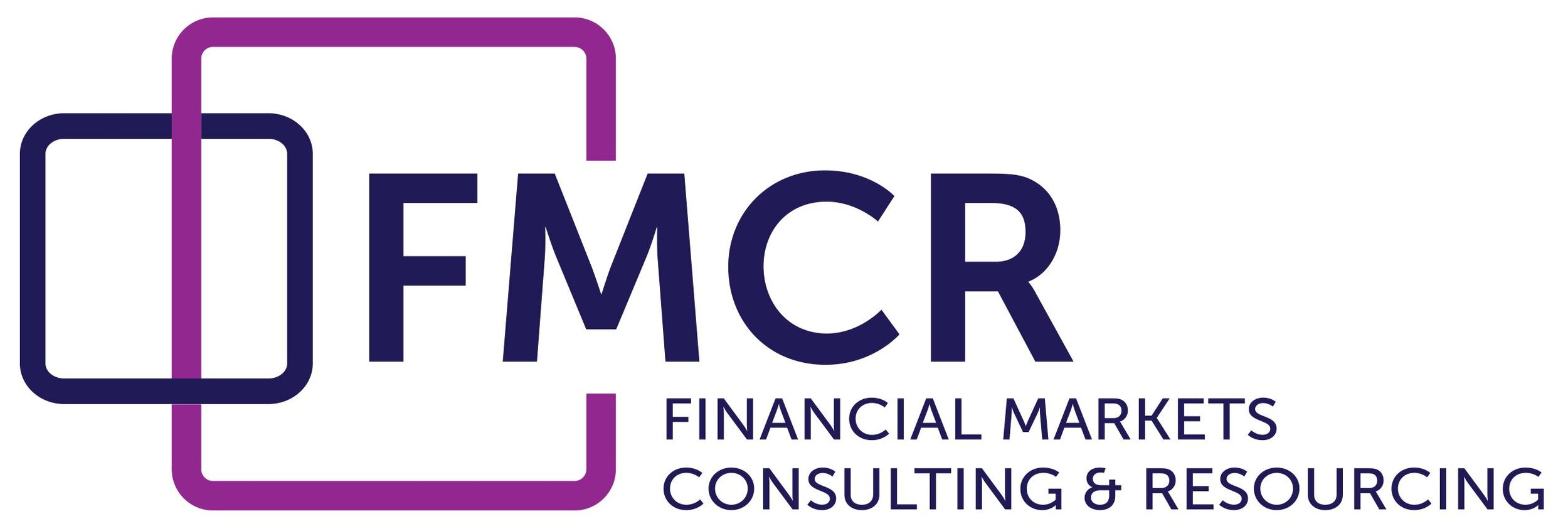How to best navigate the choppy waters of LIBOR transition
FMCR’s summary of the key takeaway lessons from the recent Bank of England webinar.
The weakness of LIBOR as a credible benchmark was graphically likened to the fragility of London’s Hammersmith Bridge - it's just not safe, needs rebuilding, and the process needs to start as soon as possible, as LIBOR will not necessarily be available after 2021.
But, in both cases, this is no simple matter and many corporates have not yet been able to start their transition process - not least due to the obvious impact of other recent events.
In moving towards the new SONIA benchmark, the speakers recommended a series of actions:
Identify what’s required:
Do you know where LIBOR exists within your business? Classify your affected products, including loans, derivatives and bonds.
The tentacles of LIBOR reach out much further than might be initially thought, (eg: within leases, and even some employee benefit schemes).
Understand the new, more complex, mechanics of the look-back calculation process.
Determine the systems and processes changes that will be required to adapt to the new methodology.
Establish the key personnel available to be focussed on the LIBOR transition programme.
Build a credible dateline and identify some likely obstacles (eg: systems limitations).
Educate the various internal and external stakeholders, including the Board.
Engage your team in technical training in order that they better understand the reasons for the change, and the implications on products, pricing and transition timing.
Identify what help will be needed:
Your bank can work closely with you, identifying the main changes to your portfolios and outlining available courses of action.
Your bank can operate in tandem with experienced independent consultants, like FMCR, who can bring additional peace-of-mind around the various parts of the process.
In summary, LIBOR’s days are numbered and transition to the new benchmarks, like SONIA, is becoming an increasingly urgent necessity - this will inevitably and unavoidably bring some challenges for corporates, but there is plenty of skilled assistance available to be called upon as the choppy waters are navigated and the calmer SONIA waters can be reached.

